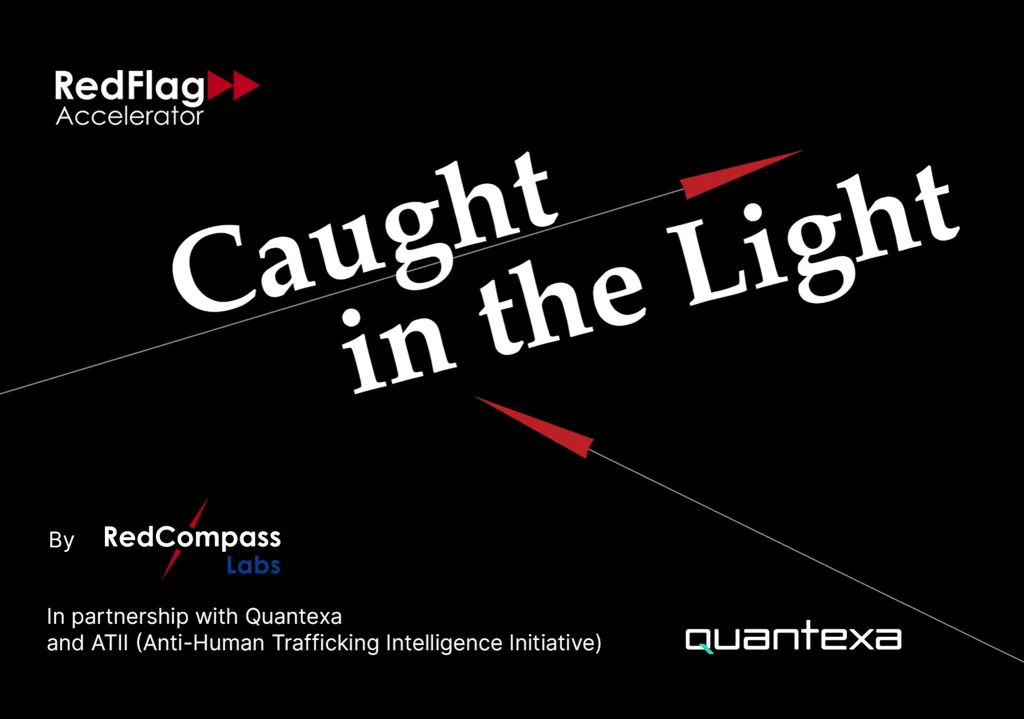Covid-19 Impacts Machine Learning: how should we react?
Data is the new gold. Artificial Intelligence (AI), Machine Learning (ML) and Data Science (DS) are the tools needed to extract it. AI, for all its promise, is often rooted in solving the problems of today. But Machine Learning is built on learning from large data sets. So what happens when a pandemic hits, new financial crimes thrive, and a new normal emerges? Are pre-pandemic AI strategies still relevant? Can Machine Learning learn from outdated data? We have analyzed three strategies banks can adopt to overcome the potentially negative impact of Covid-19 on their AI and ML systems and make the most of this technology.
COVID-19 and its impact on Machine Learning
Artificial Intelligence (AI), Machine Learning (ML) and Data Science (DS) have been growing their popularity in the financial services sector thanks to their capacity to increase efficiency while reducing costs. The success of companies like Feedzai, the AI-based financial crime platform that just raised $200 billion, proves it. Two-thirds of UK financial institutions have already pivoted in this direction and are currently investing in AI and ML solutions with the hope to “catch more criminals” and reduce the number of false positives. However, in
December 2020, the Bank of England reported that COVID-19 had negatively impacted the performance of machine learning models for 35% of the surveyed banks. They affirmed that existing risks could be amplified, and new risks could emerge in financial services. Why is that so?
Covid-19 has accelerated the transition to the online world. As we all know, one of its tragic consequences is the increase and diversification of financial crimes. For example:
- In Q1 of 2020, the number of large-scale cybersecurity breaches increased by 273% with the intensification of ransomware as well as malicious and high-risk domains registered with COVID-related keywords. It isn’t a surprise then that at Sibos 2020, IBM announced ransom–as–a–service as a new business line.
- In 2020, “Generation Covid”, that is, people between 21 and 30 years old, were involved in 17,157 cases of suspected money muling – 5% more than the previous year.
- At the beginning of the year, Feedzai reported a 650% increase in account takeover scams, a 600% increase in impersonation scams and a 300% increase in purchase scams in the last quarter of 2020* .
And the list could go on. But what’s the impact of these changes on ML and DS? Can we still stop these crimes with machine learning?
Is more financial data good or bad news?
Back in May 2020, we were already talking about the “positive” side of COVID-19. More online transactions equal more data available in our banks’ systems to disrupt modern slavery, human trafficking, child sexual exploitation and other financial crimes. However, by prompting new financial behaviours for all of us, the pandemic has changed the underlying data or the statistical properties of data required to train financial crime algorithms, making some of the existing pre-Covid dataset irrelevant. To avoid being built on a false foundation and to at least maintain the overall model to perform as designed, ML needs to learn these new patterns quickly. Indeed, it’s known that machine learning performs poorly under unexpected and untested circumstances. So, how to do that?
We have asked this question to our Data Science team. By leveraging the work they are consistently doing to improve our data-led D1R4Payments and D14FinCime tools and RedCompass Labs RedFlag Accelerator, the team has listed their top three ways to address these challenges.
Three ways to help banks’ AI and ML systems face Covid-19
- Don’t just monitor the market, investigate it!
The current global situation is relatively new. No one can yet define how exactly new data will affect machine learning algorithms that have been tested with the same set of data for years. That’s why monitoring emerging developments and investigating new threats, gathering data and analysing them is key to maintain the performance of the machine.
- Accelerate your learning cycle
In regular circumstances, stress tests are conducted under hypothetical scenarios. However, since we are living in unprecedented times (at least for financial crime AI and ML tools) , it is now critical to combine all the available data (e.g. outbound and inbound payments, customer history and increasing non–bank data!) and then accelerate the learning cycle to constantly adjust the model.
How does this work? Well, even if your systems don’t have access to non-bank data, you need to set your AI algorithms into action. You need to profile your millions or billions of production data transactions to isolate a subset of transactions that cover your functional variance and data variance. This smaller group of transactions can tell the story of your whole data history. Now you need to use that subset to let your ML tools learn by running them over and over again at speed.
And we are speaking from experience. Using D1R4FinCrime, our team has been helping one of our clients accelerate and fine-tune ARIC, FeatureSpace’s fraud detector, and drastically reduced the risk of false positives in production. Eventually, this approach helps avoid propagating wrong predictions and ensure the highest degree of a model’s accuracy.
- Collaborate, collaborate, collaborate
The key message delivered at any financial crime conference is always the need for more collaboration. We have seen its benefits in tackling security concerns more rapidly in other areas too. For example, the Linux Foundation and, more precisely, the CNCF (Cloud Native Computing Foundation) are the initiators of a set of standards in the cloud adoption space. has driven some initiatives to set up solid, open-source standards. We have also seen Carnegie Mellon University develop AML Algorithms to fit Modern Slavery and Human Trafficking and share them with the world. Let’s do the same in financial crime and define together, as an industry, a safe adoption of new machine learning solutions.
Of course, these actions are not easy to implement, but if you need any help, our Data Science team is here to support you. Having developed advanced data-led ML technology, we know your challenges, and we can help you see the light at the end of the tunnel.
* Source: Financial Crime Report, Q1 2021 Edition, feedzai
Share this post
Written by

RedCompass Labs
Resources





